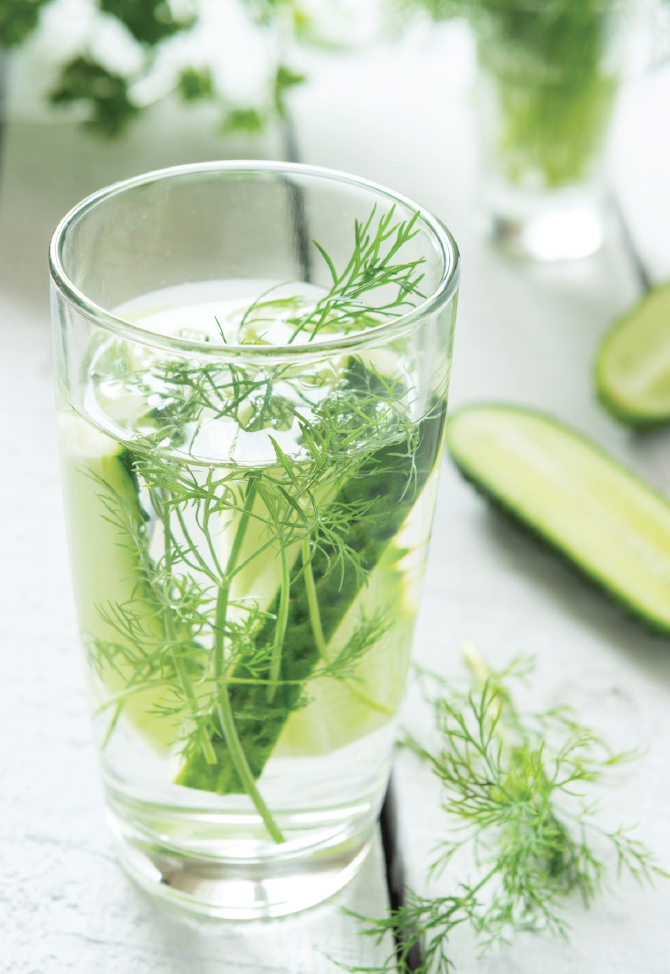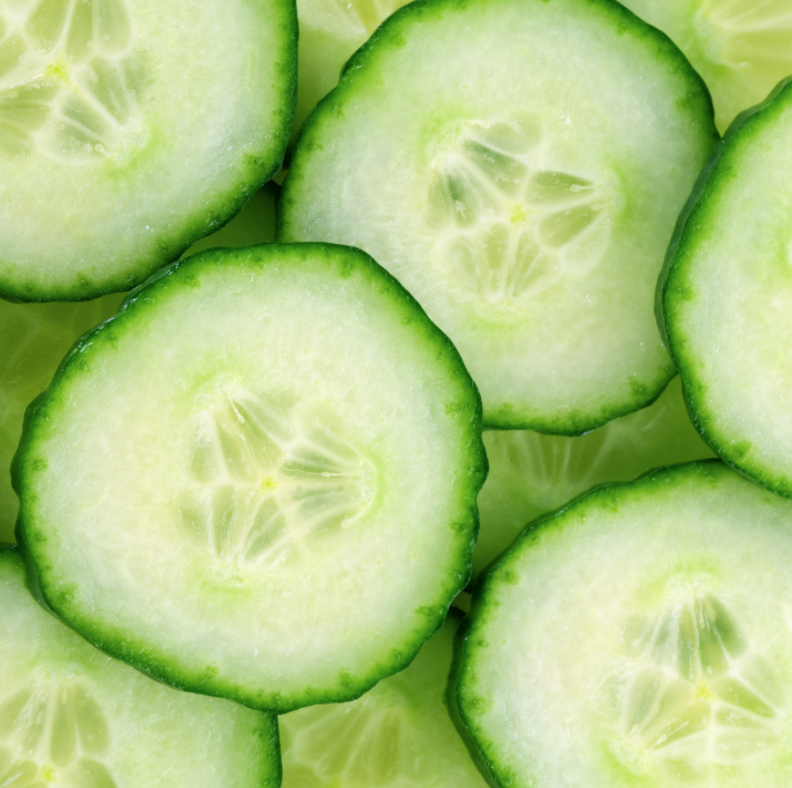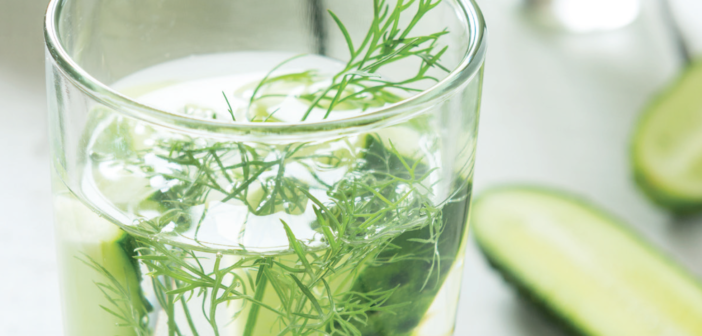Staying at your best requires staying hydrated. And while the cups of tea that enhance our days provide a welcome refreshment, some creative blending of tea and tradition can enliven any routine, while also adding a delicious dose of health-enhancing nutrients.
Agua fresca, which literally translates to “fresh water,” is an extraordinarily refreshing beverage that has long been enjoyed throughout Mexico, the Caribbean, and Central America. It’s ideally suited to balancing heat, whether that might be the heat of a sweltering August afternoon, the heat produced by your favorite style of workout, or the heat found in your favorite chili peppers. Far from being one particular drink, agua fresca actually refers to a whole host of sipping options made by blending crushed, squeezed or pureed fruit, flower petals, herbs and/or grains with water and, often, additional sweetener–in that way, an agua fresca is like a tisane or other infusion, and plays particularly well with tea. You have certainly already enjoyed some sort of agua fresca and not even realized it. The classic American lemonade is really an agua fresca, as are iced hibiscus infusions—although when thinking in terms of agua frescas, that chilled hibiscus would be called “Agua Jamaica.”
Whatever flavors and styles you use, this drink is all about cleansing hydration, and marries beautifully with tea. Tea is best introduced to your favorite agua fresca either as a replacement for some or all of the water, or within a simple syrup used to balance, lightly sweeten, and highlight the drink. Some spas have begun producing in-house “vitamin waters,” and your agua fresca can be enhanced in the same way with a few drops of an all-natural liquid vitamin supplement if desired.
 Classically, when making an agua fresca, the fruit would be painstakingly crushed by hand, then optionally strained and mixed with quantities of water and sugar. Today, with the help of a blender or food processor, your fruit can be pureed in seconds, making these drinks effortless to produce—but keep in mind, we are flavoring the water with the fruit and other ingredients, not making a smoothie! These cleansing drinks should be light, fresh, cooling, and hydrating… not heavy, rich, or overly sweet. If your creative spirit takes you in other directions, then you are certainly creating wonderful drinks—just not a true agua fresca.
Classically, when making an agua fresca, the fruit would be painstakingly crushed by hand, then optionally strained and mixed with quantities of water and sugar. Today, with the help of a blender or food processor, your fruit can be pureed in seconds, making these drinks effortless to produce—but keep in mind, we are flavoring the water with the fruit and other ingredients, not making a smoothie! These cleansing drinks should be light, fresh, cooling, and hydrating… not heavy, rich, or overly sweet. If your creative spirit takes you in other directions, then you are certainly creating wonderful drinks—just not a true agua fresca.
You will want to use the freshest, ripest fruits you can find. In fact, don’t be afraid to use those fruits that are starting to get a touch over-ripe. As a bonus, if your fruit is very ripe, and you have a light hand with the lime and/ or lemon that you squeeze in, you may find that you don’t need any added sweetener, but that’s up to you and your personal palate.
Think of the recipes as a template to get you started, not a hard and fast formula. As a general approach consider the following:
• Wash your fruit well. If there is a hard skin or rind, as on a melon, prickly pear, mango, etc., remove the skin and cut into chunks roughly 1 inch square.
• Puree with just enough water or coordinated cold tea to aid the fruit in smoothly pureeing. • Strain through a fine sieve or cheesecloth into a pitcher.
• Squeeze in fresh lime (or lemon) and stir in fresh cold water to taste.
• Sweeten to taste with Turbinado sugar, superfine white sugar, agave, honey, or simple syrup prepared with coordinated tea and herbs.
• Serve over plenty of ice, garnishing with one or more of the included fruits or herbs.

Cucumber Agua Fresca Recipe
This approach to incorporating tea into an otherwise traditional agua fresca uses a tea simple syrup instead of straight sugar. Tea could have instead been used to replace some or all of the water. The green tea and lemongrass simple syrup used is one of my favorites; try combining it with some fresh basil in a Gimlet for a spectacular drink. Serves 12
Ingredients
- 4 cups of washed and cubed cucumbers, preferably English cucumbers
- 12 cups water, divided
- 4 limes at room temperature, freshly juiced (approx. 4 oz.)
- 4 -6 ounces of Green Tea Lemongrass simple syrup (to taste-see below to download recipe)
- Pinch of salt
Puree cucumbers (if the skin isn’t waxed, you can leave it on when pureeing) with 2 cups of water. Strain well and push as much liquid as possible out of the solids. Discard the solids and transfer the cucumber mixture to a large container. Stir in 4 ounces of the green tea and lemongrass simple syrup, 6 cups of water, a pinch of salt and the juice of 3 of the limes. Stir well and add additional lime juice, water, or syrup to taste.
Simple syrups are an ideal way to sweeten your agua frescas and can offer a wide variety of options for all of your beverages. If you prefer, you can of course use honey, agave, or your favorite natural or even artificial sweeteners, but I’m a great fan of simple syrups with wonderful fresh, layered flavors.
There are multiple schools of thought on making simple syrups. Many mixologists recommend using minimal heat to prevent the sucrose from breaking down into glucose and fructose, but I often find that I want to combine several different ingredients within my syrups, some of which need more heat for proper flavor extraction. In the above recipe for green tea and lemongrass simple syrup, simmering is used for the lemongrass. This method also works well for other heat-stable ingredients like whole or cracked spices, dried herbs, or dried fruits.
Notice that the tea goes in at the end. Tea leaves, like fresh herbs, delicate berries, and flower petals, often do well with less heat—it helps to maintain their fresh, clean flavors.
Once you’ve mastered the technique of simple syrups using this recipe as a template, a whole world opens up and you can start to create your own signature syrups. For instance, the lemongrass could be replaced with dried peaches, cracked black pepper, star anise, and cinnamon stick. Then perhaps the suggested green tea could be replaced with an oolong tea instead.
note that this post was originally featured in our print issue of Tea Magazine




